Eleanor Roosevelt and Lorena Hickok were, to some degree, opposites attracting.
Roosevelt was a patrician first lady, born into privilege as a member of a New York family that practically defined "old money" -- she was a Roosevelt even before her marriage to distant cousin Franklin, being the niece of an earlier president, Theodore Roosevelt. Hickok was a blunt-spoken, up-from-the-bottom journalist from an impoverished Midwestern clan.
But they were both strong women with deep compassion for their fellow humans -- and deep love for each other, as told in Amy Bloom's new historical novel, White Houses.
Bloom had been thinking of writing a book about the Roosevelt-Hickok relationship for some time. "It seemed like absolutely wonderful material that had not really been explored," she tells The Advocate.
Historians have written of the women's relationship, including Blanche Wiesen Cook, the author of a comprehensive three-volume biography of Roosevelt, and Bloom cites that biography as one of her inspirations. Some historians have been reluctant to call their relationship a love affair, something Bloom attributes to homophobia. Cook has said she believes Roosevelt and Cook were in love with each other, but as far as whether their relationship was sexual, she has acknowledged that historians don't know what happens behind closed doors.
But novelists can imagine that, and that's what Bloom does in White Houses. She portrays two women very much in love and acting on it, having an affair of the heart, mind, and body despite many complications. Not the least of them was Roosevelt's marriage to the president of the United States, which brought a need for secrecy in an era not accepting of same-sex relationships, especially one involving a first lady.
Bloom tells the story from Hickok's viewpoint, chronicling her miserable childhood and adolescence -- her father was sexually abusive, her mother died young, and her stepmother sent her out to work as a domestic servant in her early teens. Hickok eventually made her way from South Dakota to the home of a supportive relative in Chicago and was able to continue her education there, and then she found her calling as a journalist. Most of Bloom's information on Hickok's youth comes from the historical record, although she used her imagination to cover a gap -- in the months unaccounted for in Hickok's young life, Bloom places her as a secretary and publicist for a low-budget traveling circus.
But the bulk of the novel revolves around Hickok's relationship with Roosevelt, which lasted, off and on, for 30 years, until Roosevelt's death in 1962. They met in 1932, when the Associated Press assigned Hickok to cover Eleanor during Franklin Roosevelt's first presidential campaign. Hickok resigned from the AP the following year, realizing she could no longer be objective about the Roosevelts. She took a job with the federal government to do research on those suffering the most from the Great Depression, and for a time she lived in the White House. She was known to the public as the "First Friend," but the administration and friendly journalists tried to allay suspicions that she was anything more than that; among other indignities, Hickok was often cropped out of pictures taken at White House events.
Much of the novel's action takes place in Eleanor Roosevelt's New York City apartment over a weekend in late April 1945, a couple of weeks after Franklin's death. Bloom has Hickok joining Roosevelt there, and their interactions over that weekend are a creation of the novelist's imagination. But they could have happened -- some historians have noted that Roosevelt reached out to Hickok shortly after her husband died.
"It's the kind of work of fiction where I chose to use as much historical information as possible," Bloom says.
That included the major differences in the women's class background. "These were both women who were very mindful of that," she said. Roosevelt was sympathetic to the poor, but she had never had their experiences. Hickok, on the other hand, identified with the servant class all her life. "I think they loved the differences between them," Bloom says.

Bloom, who is bisexual, has included same-sex relationships and LGBT characters in many of her writings. In Lucky Us, her best-selling 2014 novel about the adventures of two sisters in the 1940s, one sister has numerous affairs with women, and the sisters become friends with a gay Hollywood hairdresser. Her first nonfiction book, 2002's Normal: Transsexual CEOs, Crossdressing Cops, and Hermaphrodites With Attitude, tells the stories of transgender, gender-variant, and intersex people.
Bloom explains the inclusivity of her writing by saying she finds it impossible to write as if there's just one kind of person in the world. "My wish has always been to focus on people as they really are," she says.
That includes Roosevelt and Hickok. Bloom says she'd like to have known them. "They both struck me as fascinating people. ... I would love to have gone out to dinner with both of them," she says.
Audiences may have a chance to see them portrayed on-screen. Bloom is working on putting together what she intends to be a high-quality TV miniseries based on her book, she says. She's also busy with events to promote White Houses and is working on another historical novel, this one about the family of scientist Marie Curie.
Her goal with White Houses, she adds, is for readers to immerse themselves in the women's story and their world. "I hope that what readers experience is a great and enduring and sometimes heartbreaking love story," she says. "I also hope they feel that they enter this world of the past and it becomes real and becomes the present as long as they're reading the book."
 Author Amy Bloom
Author Amy Bloom
Find out more about Bloom and White Houses here.



 Author Amy Bloom
Author Amy Bloom







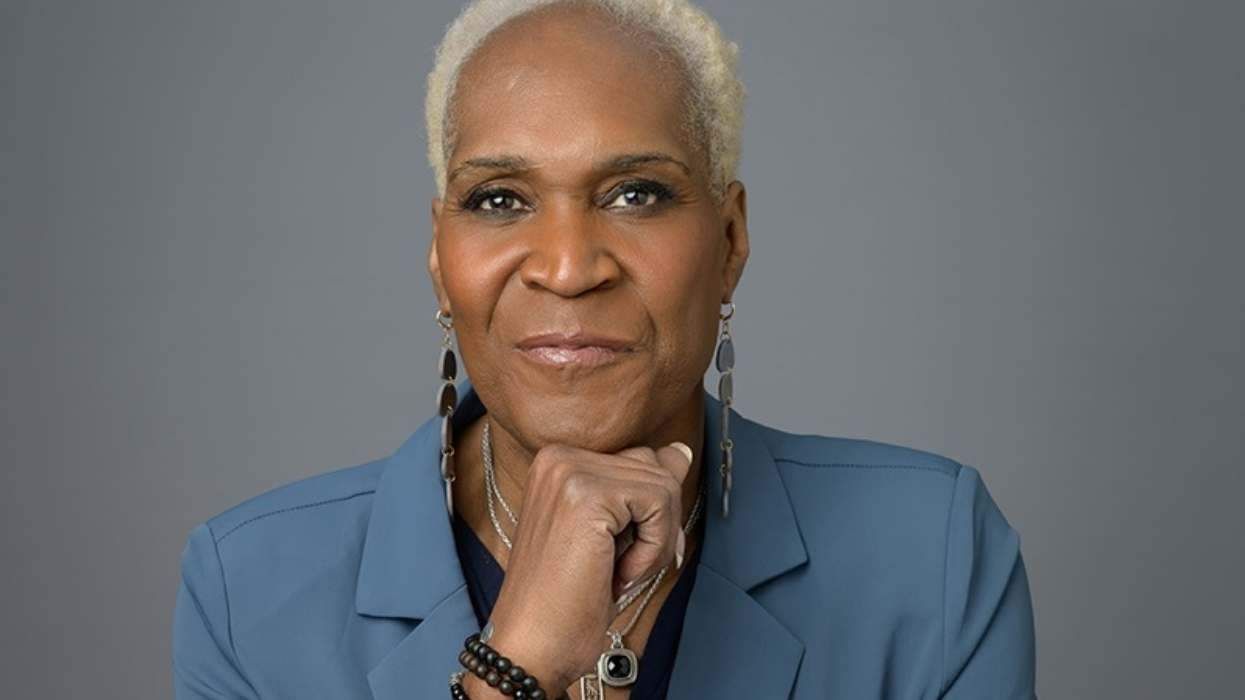
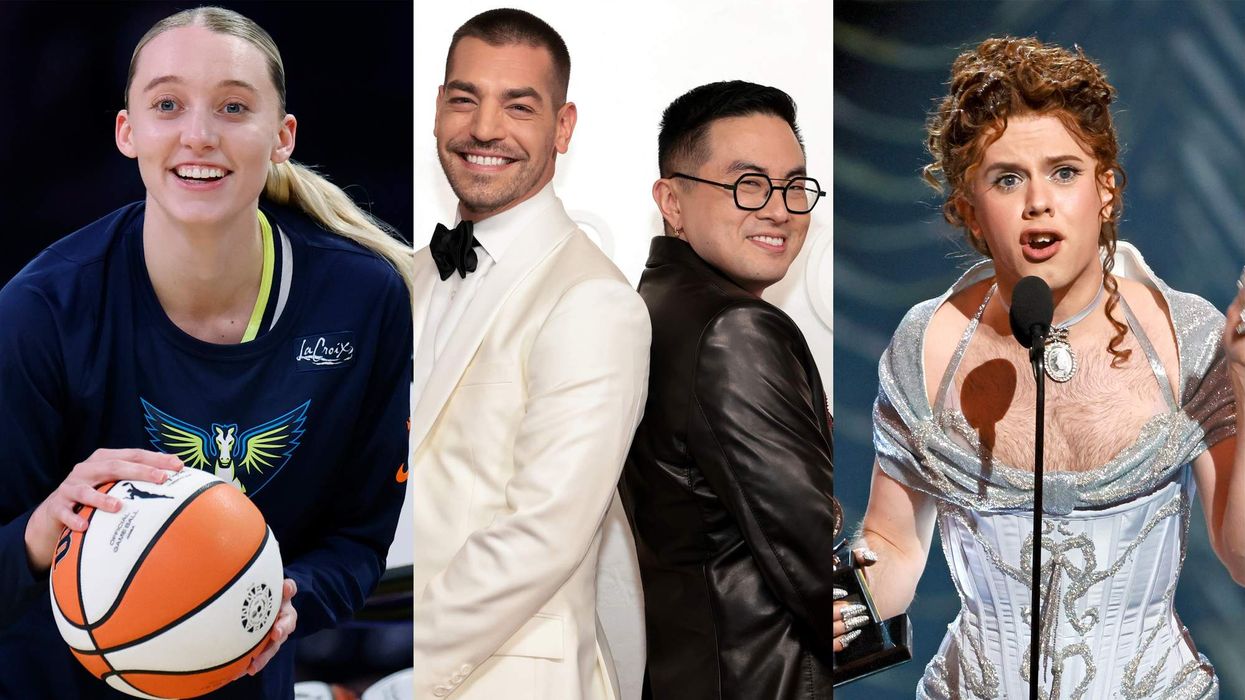

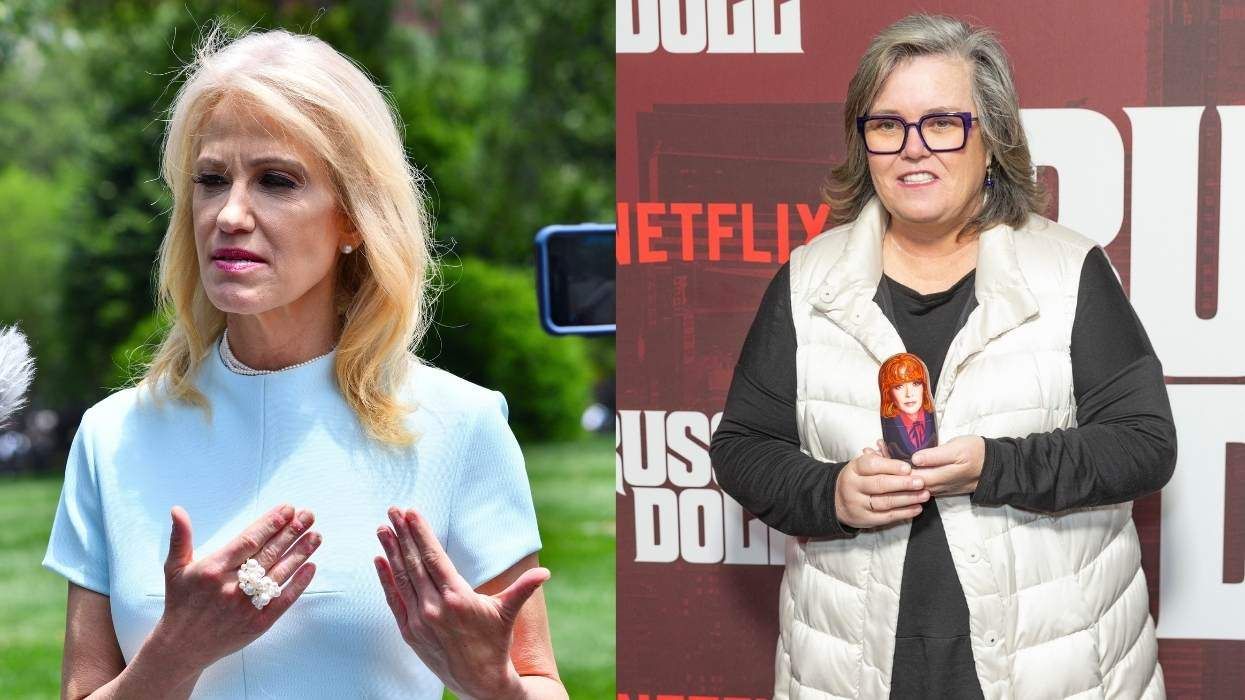

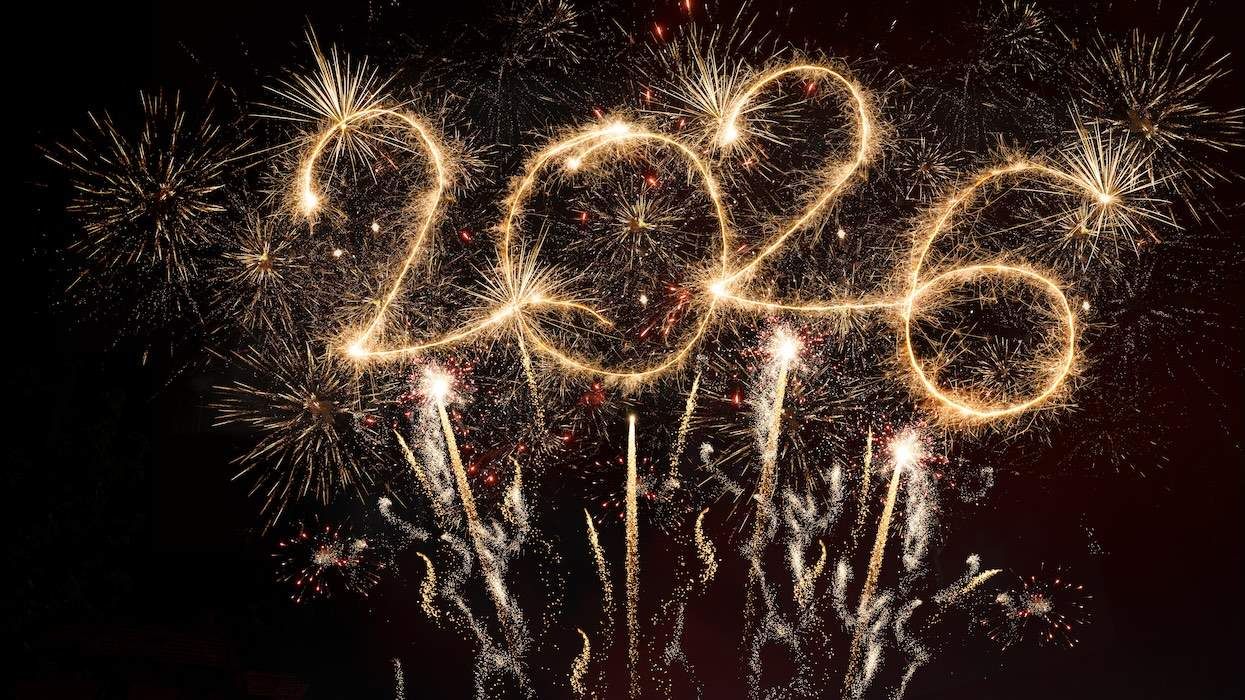













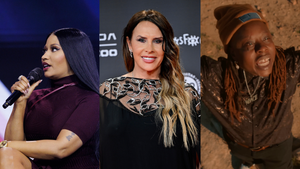






































Charlie Kirk DID say stoning gay people was the 'perfect law' — and these other heinous quotes